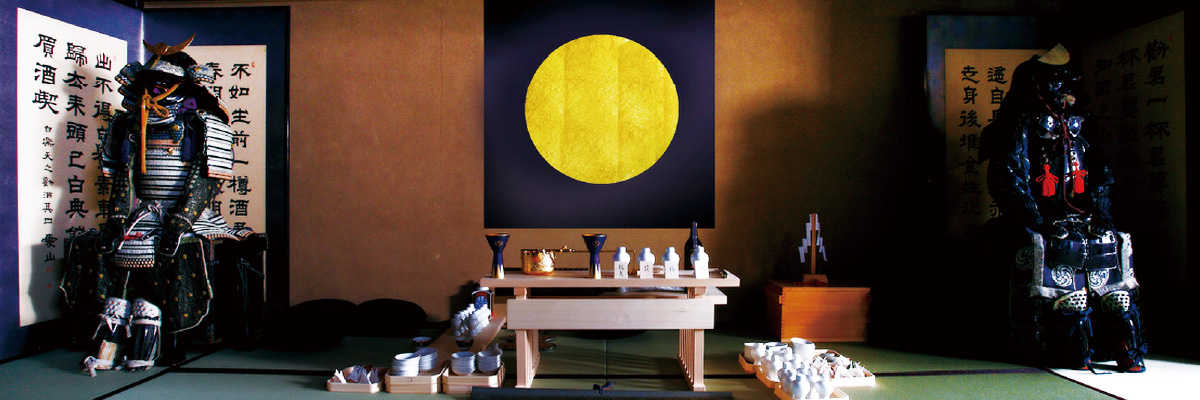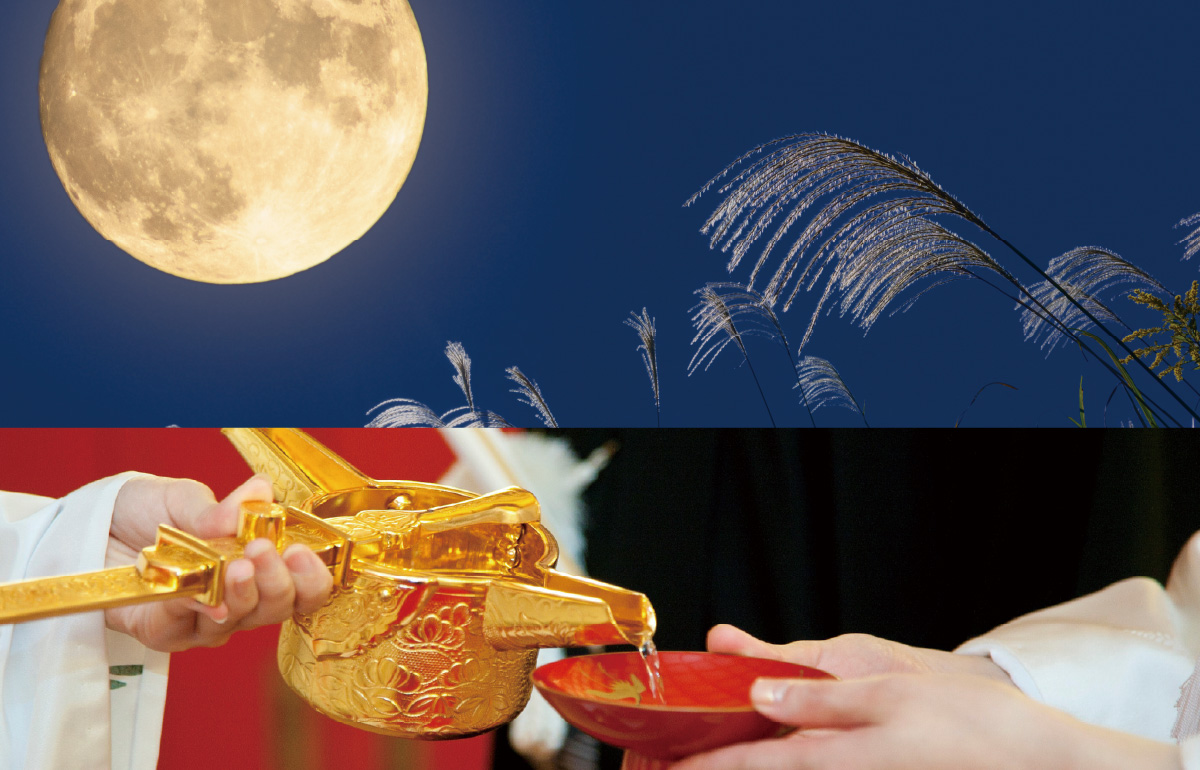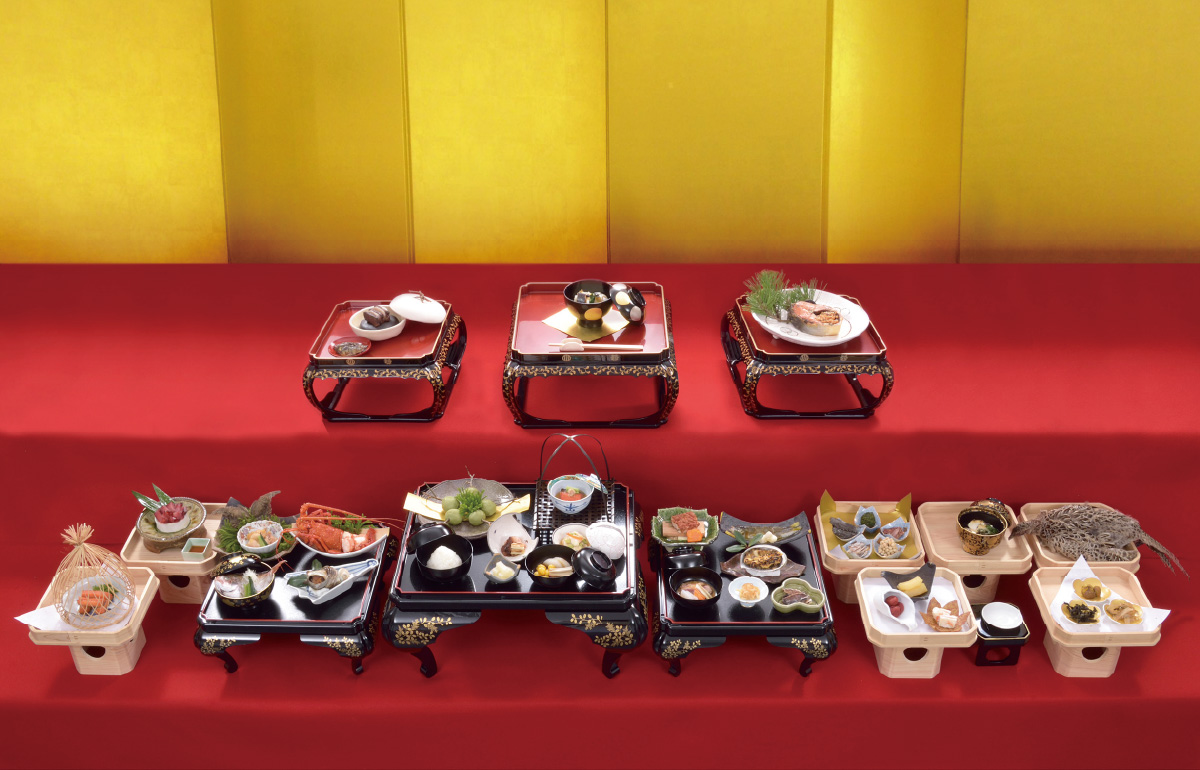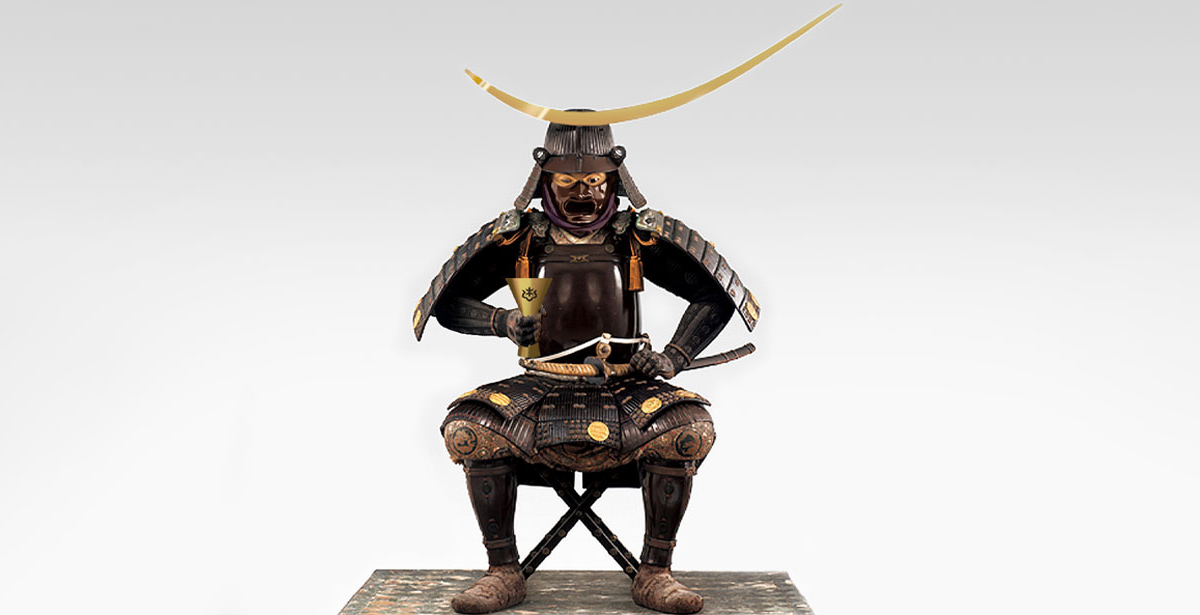
Katsuyama, the Official Brewery
of the Daté Clan of Sendai Domaine
The Katsuyama Brewery traces its origins to the Isawa family, whose lineage began in 1190 with Isawa Iekage, a retainer of the Kamakura Shogunate. In the early Edo period, the family transitioned from samurai to landed gentry, and in 1688 began brewing sake in the castle town of Sendai.
Rising to become one of the city’s most prominent merchant houses, the Isawa family supported the Daté Clan’s finances and presented their sake to the feudal lord. They named it “Katsuyama” after Iekage’s younger brother, Iehisa― a legendary warrior― using his Buddhist posthumous name. Katsuyama, meaning “A Triumph asVast as the Mountain” carried profound auspicious significance for the samurai class.
Today, Katsuyama remains the only surviving official brewery of the Daté Clan of Sendai Domaine. From the age of the sword to the present day, it has continued to question and refine sake’s very raison d’être, honoring its timeless essence while evolving its expression for each era. With an unwavering commitment to world-class quality, Katsuyama crafts sake that resonates with today’s diverse culinary cultures― an authentic “Samurai Style” for the modern table.

The Etiquette of the Sake Table —
From the Daté Clanʼs Tradition
Lord Masamune Daté (1567–1636), founder of the Sendai Domain, was deeply enamored with the moon, cherishing above all the autumn harvest moon. At his moon-viewing banquets, eminent monks and nobles gathered to share sake, exchanging poetry, history, and art until dawn.
The essence of sake lies in its extraordinarily long aftertaste — the lingering modori-ka (aroma returning from the throat to retro-nasal) and the trailing waves of umami across the tongue. Immersed in this profound resonance, Masamune composed poetry, refining spirit and intellect together with his guests.
In the Daté family’s code of sake:
・First, sake is shared only among those of character and culture.
・Second, it serves to elevate humanity and spirit.
Thus, true sake drinking is not mere indulgence but a form of social and diplomatic art.
With discipline, composure, and mutual respect, the sake table became a stage for refinement, where one’s cultivation was quietly but surely tested.

The Culinary and Sake Culture
of the Daté Clan
From Masamune’s era, the Daté family embraced a cosmopolitan food culture. Refined Kyoto cuisine, bold Edo cooking, and even European “Nanban” dishes enriched their banquets. Records mention stews, stone-grilled steaks, Japan’s first beef dishes, as well as celebratory feasts featuring crane and swan, alongside game such as bear, venison, boar, and wildfowl. Already four centuries ago, the Daté household embodied what today we would call an international gastronomy of refinement.
One elegant example is Natsu-Kohri-Sake (“Summer Ice Sake”). In winter, pure ice was harvested and stored in icehouses; in summer, it was shaved into delicate flakes and topped with a luscious, richly sweet sake syrup. Originating with the imperial court and aristocracy of the Heian era (782–1185) and later adopted by the samurai, it was a graceful seasonal indulgence — akin to a modern gourmet dessert.

Daté Masamune (1567–1636),
Founding Lord of the Sendai Domain — One of the most charismatic samurai of the Sengoku era, renowned for his mastery of both martial and cultural pursuits, and remembered as the foremost gourmet among warlords.
In his later years, he defined true hospitality with the words: “Chisō means to present seasonal delicacies with subtle elegance, prepared by the hostʼs own hand.”
His legacy of taste and refinement lives on today. It is also widely known that Masamuneʼs iconic black armor inspired the design of Darth Vaderʼs helmet and dark attire in Star Wars.
